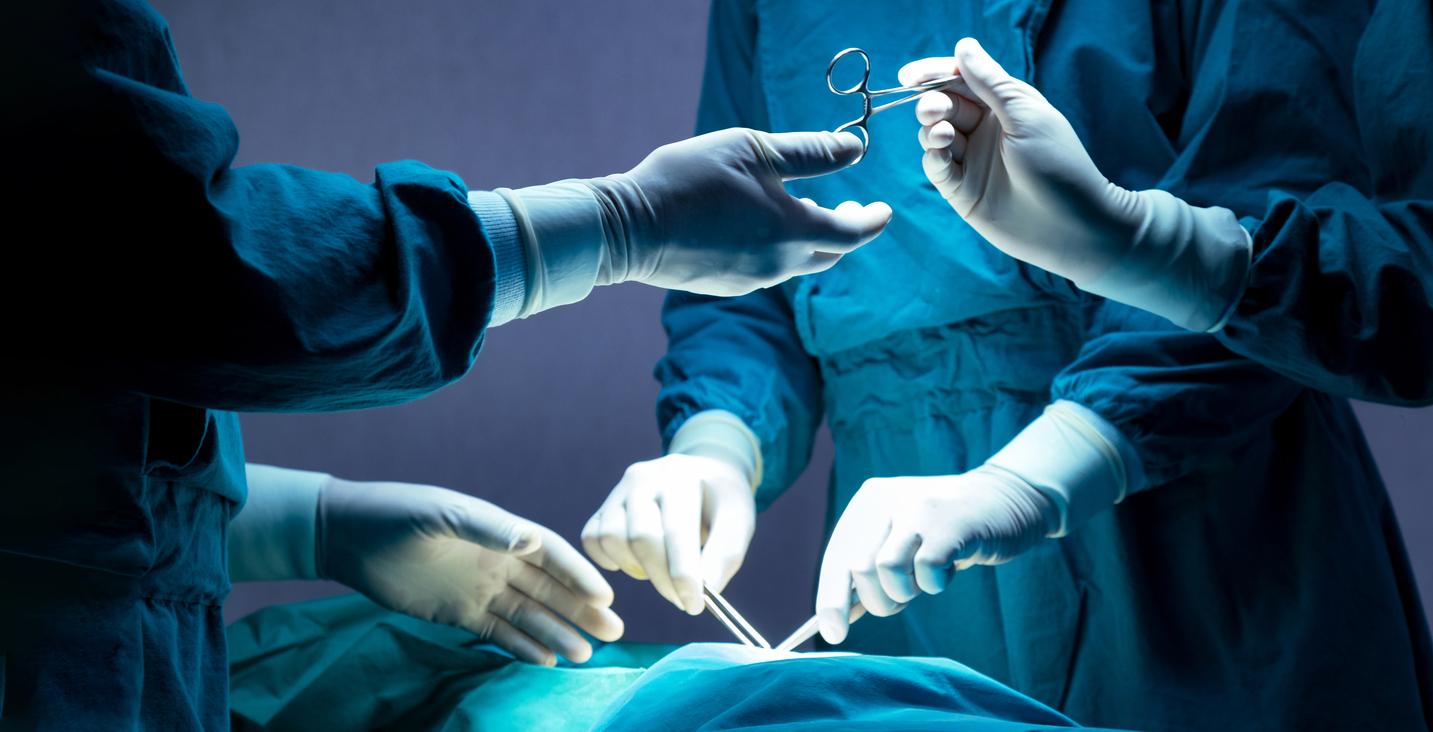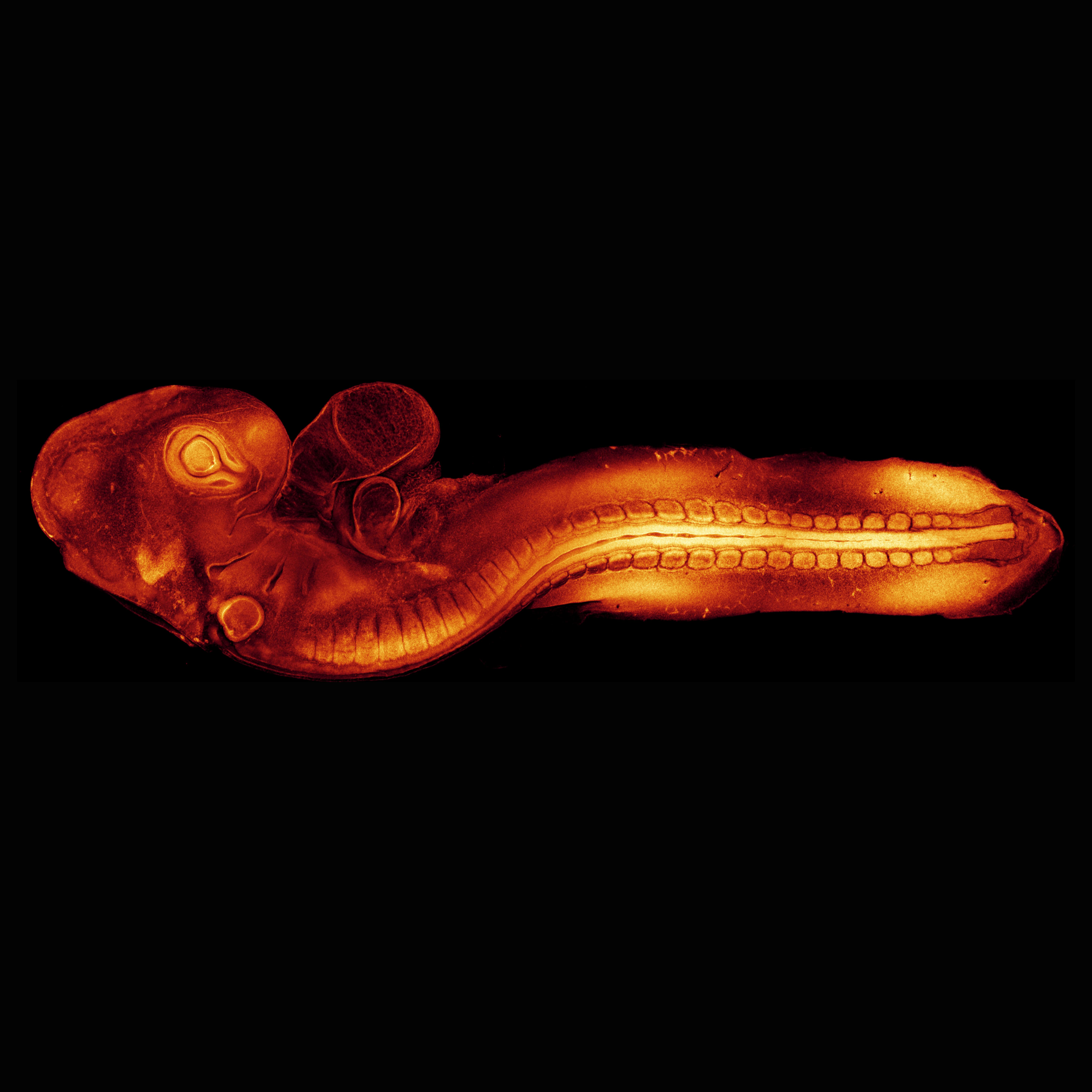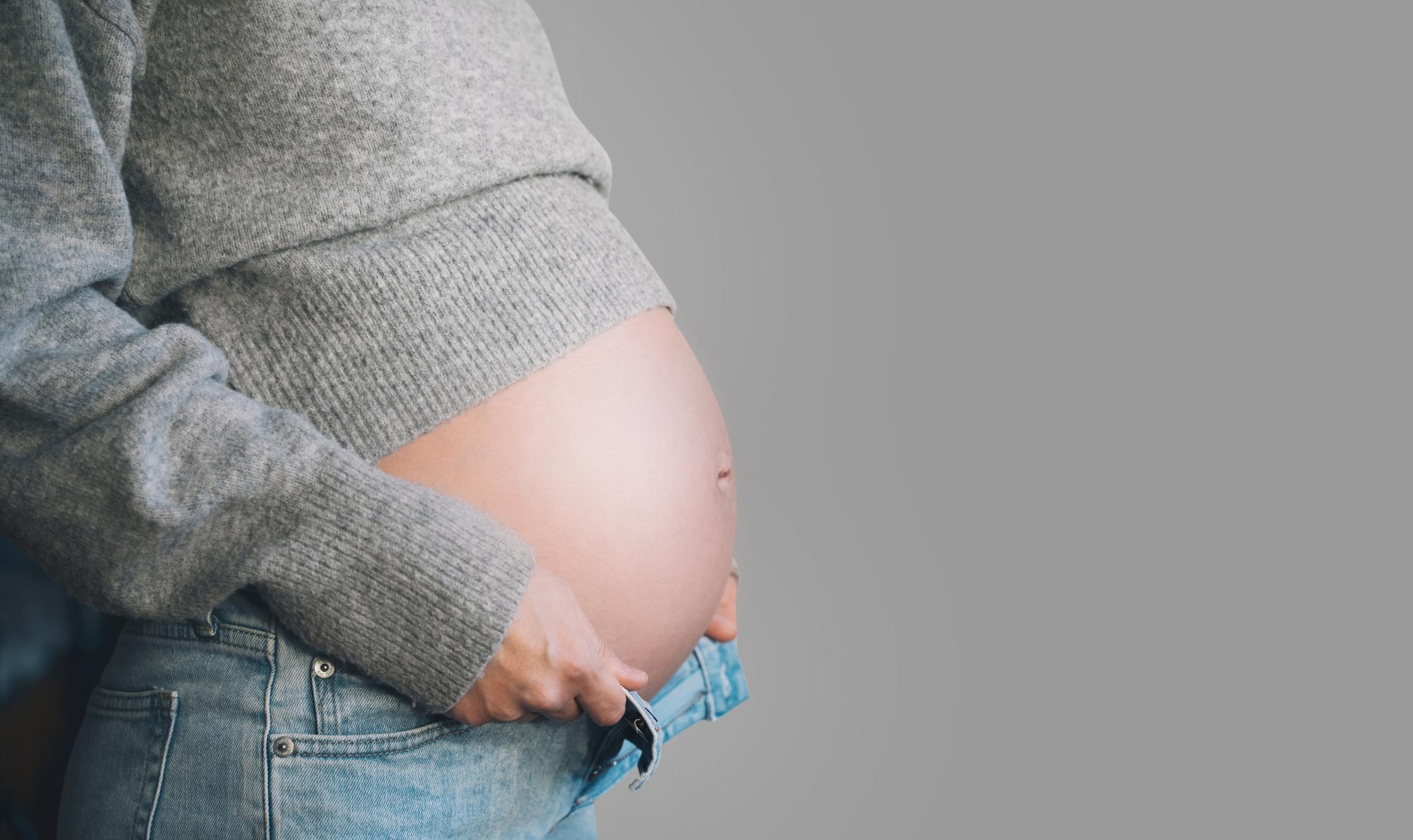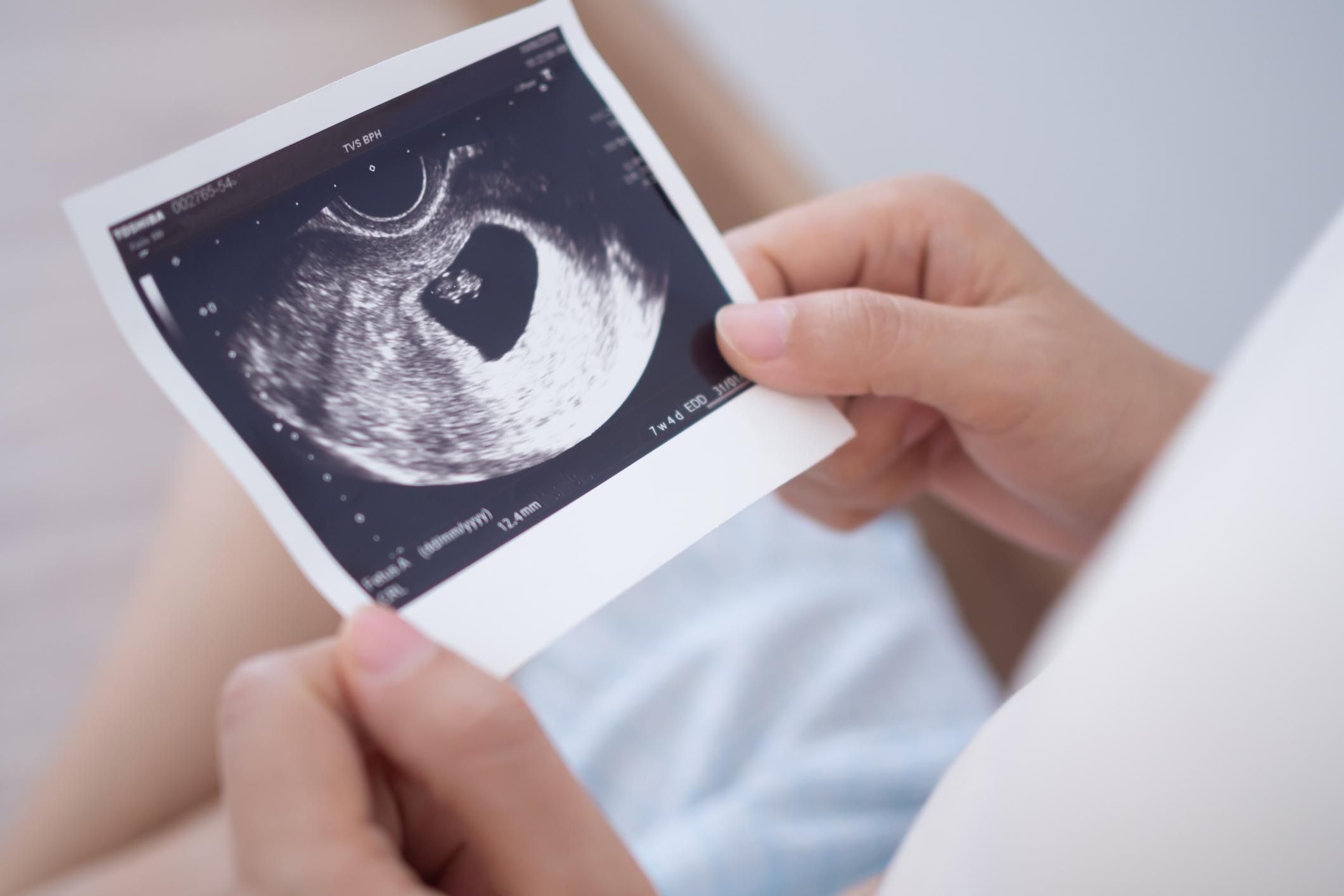Designed by British scientists, the connected glove allows future midwives to practice vaginal examinations in order to distinguish the position of a fetus in utero.
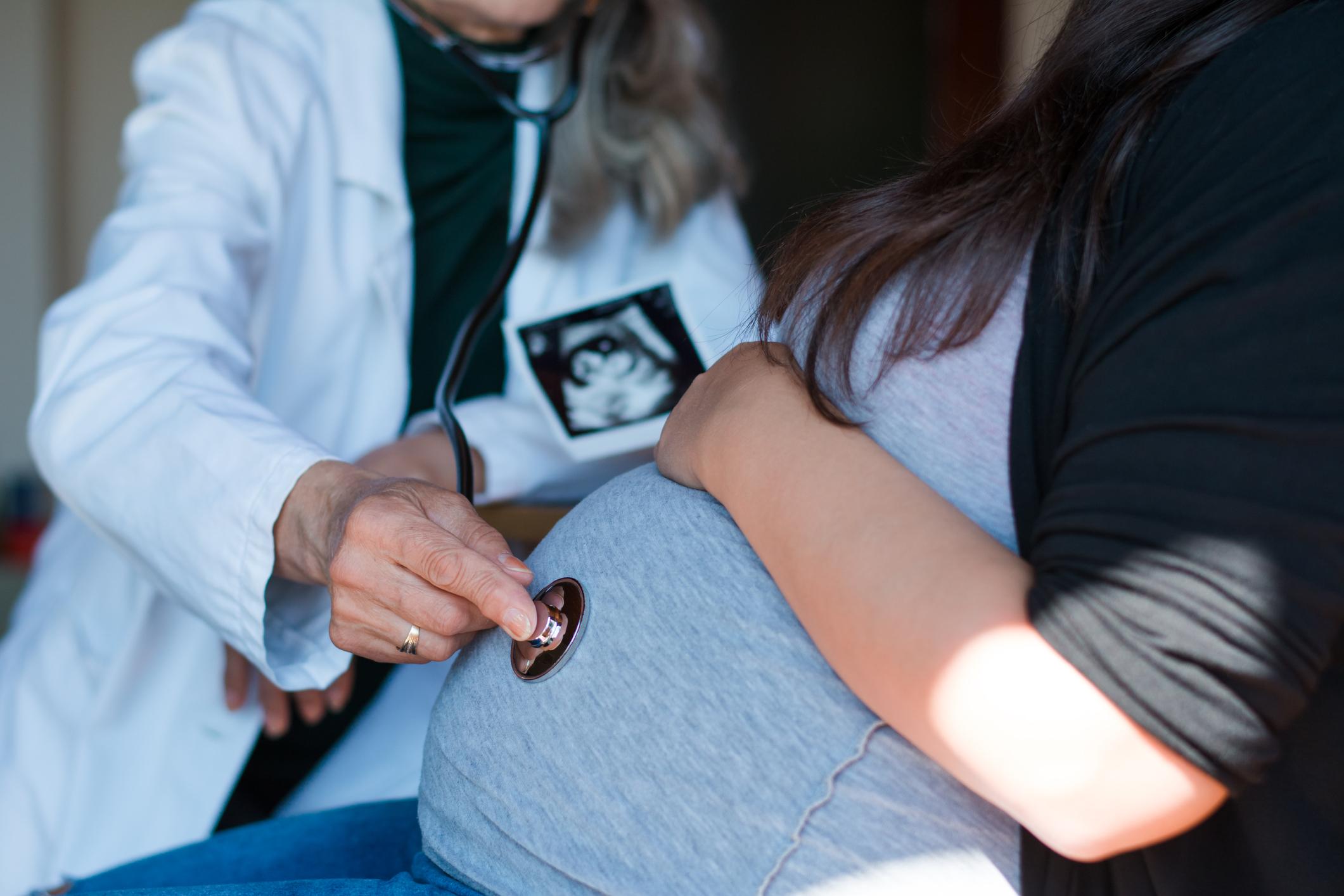
- A connected glove has been developed to prepare midwives in training for vaginal deliveries.
- This technology is based on sensory sensors placed on the tips of the fingers which make it possible to distinguish the position of the fontanelles and the sutures of the skull of a fetus.
- The authors hope to soon carry out a clinical trial on human beings.
Researchers at the Weiss Center at University College London have developed a connected glove to reduce the risk of new mortality during vaginal delivery. “We present an inexpensive, sensitive, and portable device for vaginal examination to facilitate accurate assessment of fetal position and applied head force,” specifies the scientists in a document published in the journal Frontiers in Global Women’s Health.
Sensory glove: training on a prototype fetal head
The goal of this concept is to improve training in vaginal examinations for midwifery students, particularly in poor countries which have generally higher neo-mortality rates.
The connected glove is made up of sensory sensors placed on the fingertips. Thanks to the connection with a smartphone, future midwives can practice on a prototype fetal head. In particular, they can distinguish the position of the fontanelles and the sutures of the skull in order to make the difference between the front and the back of the skull of a fetus.
“We need to know which way the baby is facing so that we can safely place instruments on him if help is needed to deliver him (…) Obstetrics is the perfect specialty for this glove, because the examination internal vagina is subjective and subject to error”said Shireen Jaufuraully, lead author of the research and obstetrician-gynecologist, in the newspaper Le Monde.
New research to improve the connected glove prototype
Two years of work were needed to develop this “preliminary prototype” of sensory glove. New research is underway to continue improving it. “In the next few months, we will carry out a laboratory study where we will invite obstetricians of different levels to test the glove on the head models. After the resulting improvements, we hope to be able to carry out a first study on the ‘Man at University College Hospital London’ said the specialist. In the future, the researchers hope that this technology will be generalized in order to improve the training of midwives and to prevent the risks of new mortality.









